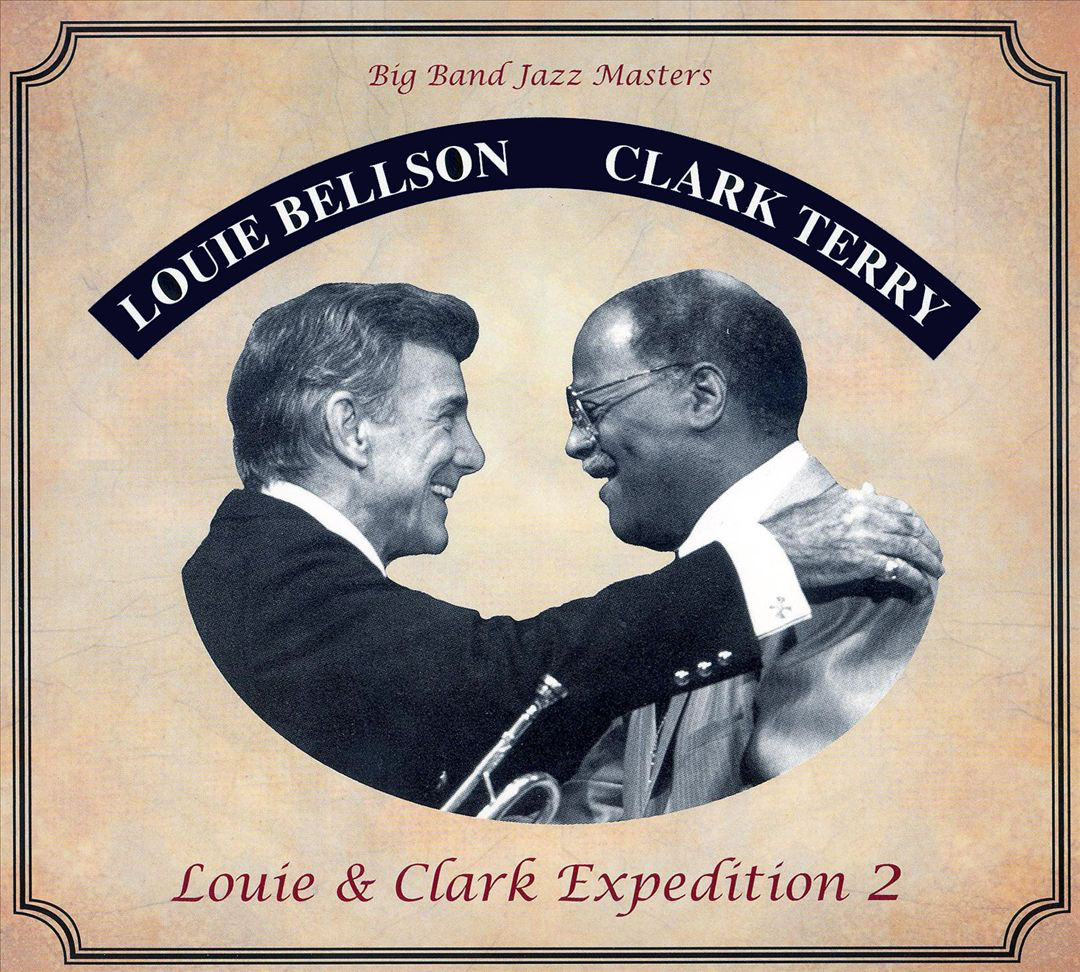I am thankful to have performed on a second album with Clark Terry, and my first with Louie Bellson entitled, “Louie & Clark Expedition 2.” The recording session took place at Clinton Recording Studios in New York City. Hearing all of the stories and being so close to expert musicianship in one room was inspiring. My tenor saxophone solo can be heard in the track entitled, “Well Alright Then.”
The following is a link to samples of the recording and a description of the album:
http://www.allmusic.com/album/louie-clark-expedition-vol-2-mw0001639865
With a title like Louie & Clark Expedition, Vol. 2, it would be easy to joke that jazz legends Louie Bellson and Clark Terry were almost as old as their historical namesakes, who mapped out a route West in 1803. Well not quite, but 83-year-old drummer Bellson and 87-year-old trumpet great Clark Terry make a great case for the notion that the most exciting and hard swinging big-band jazz may come in a legend’s ninth decade. This bright, vibrant, 13-piece project, featuring a four-track opening, Tommy Newsom-arranged segment called “The Chicago Suite,” was artfully composed by Bellson, one of the most melodic drummers in jazz history. This expedition is a full-scale exploration of a concept the two created in 1994 on Bellson’s big-band CD Live from New York; the title of one of that album’s tracks was the clever “Louie & Clark Expedition.” This time, they’re working with a 17-piece band featuring drummers Kenny Washington and Sylvia Cuenca. Bellson’s love for his sweet home Chicago is apparent from the heavy, percussive brass explosions throughout “State Street Swing” (featuring a bright and emotional tenor solo by Steve Guerra) and the slightly mournful, sly, and thoughtful “City of Seasons.” The two also have a great time exploring the musical vibes of the city with “The Blues Singer” before a brisk cruise down “Lake Shore Drive” (highlighted by Stantawn Kendrick’s rousing soprano back flips). With the Windy City out of the way, Bellson, Terry and company explore the traditional cool of the “Davenport Blues,” burst with the optimism of romance on “Two Guys and a Gal” (highlighted by drum solos by Bellson, Washington, and Cuenca) and bring back Newsom for an easy swinging romp through “Give Me the Good Time.” That latter song, “Terry’s Mood” and the quirky, flute-spiced “Back to the Basics” are ample showcases for Terry’s most passionate and quirky trumpet work here. This expedition is a delightfully jazzy, high-spirited romp by two masters who all jazz fans would like to live to at least 100. If they do, hopefully the dual explorations will continue more frequently.
